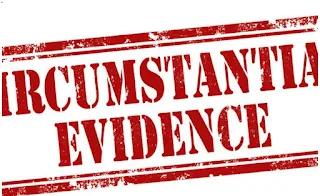What does The Sandys- Parallels may mean
What that is all about?
Stratfordian Shakespeare Expert Prof. Jonathan Bate dealt in his Shakespeare MOOC course (lesson 5-8 -Okt.2014) with Shakespeare's "Merchant of Venice".- He mentioned George Sandy‘s „Travel Book“ Book (1615) [„A relation of a Journey begun An.Dom 1610“] with some very thoughtful remarks about the Jews..-
Unfortunately Prof.Bate didn’t realize , that George Sandys cannot have been only a common (travel)book writer but a poet and a type of universal genius with an impressive ability for free poetic translations from latin to english and with an immense knowledge, who must have written this text between between 1611-1615, a time when Shakspere from Stratford (in his late forties) was still alive but is said to have already retired….
You will not expect us to believe that the amount of observed
word and text parallelism
between Sandys and Shakespeare on the one hand,
What a pity, that Shakespeare expert Prof.Bate did not give an explanatory hint to us [the uninformed and ignorant] what does that may mean or what that is all about?











